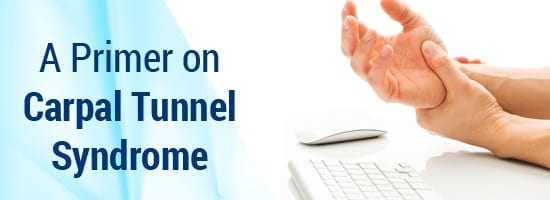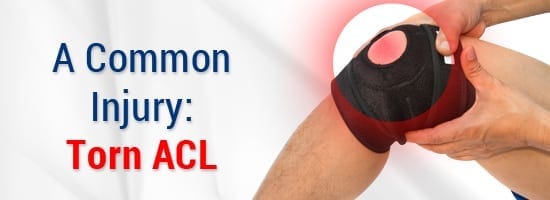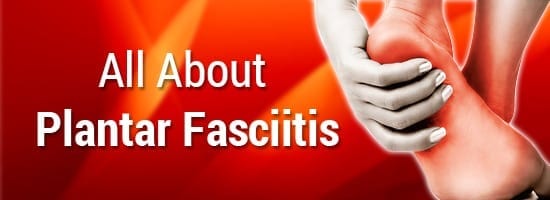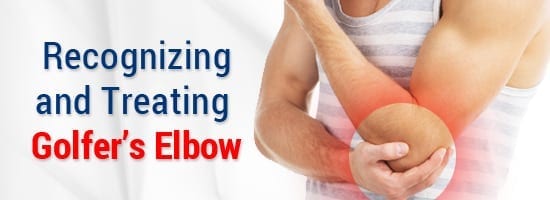
A Primer on Carpal Tunnel Syndrome
Your carpal tunnel is a small passageway in your wrist containing several nerves and tendons, running from the forearm to the hand. When the median nerve is affected by pressure, carpal tunnel syndrome occurs – manifesting itself by tingling, numbness, and halted movement of the fingers.
Causes and Symptoms
Several factors contribute to developing carpal tunnel syndrome. In many cases, occupational circumstances play a major role when a patient repeatedly uses their hands in the same manner over a long period of time. Continuous pressure may irritate the median nerve, resulting in swelling and chronic discomfort. A combination of health-related elements, such as diabetes and rheumatoid arthritis, may also greatly add to obtaining this painful ailment.
There are several potential symptoms of carpal tunnel syndrome. They may include increasing weakness of the hands, tingling, and prolonged numbness, especially within the area of the palm of the hand, the thumb, and the fingers. Grasping and holding objects may become progressively difficult, a symptom that become permanent. Many patients report disruption of their sleeping patterns due to persistent occurrence of the symptoms.
Diagnosis and Treatment
A variety of methods can be administered by an orthopedic doctor, who will be able to determine the condition. A physical examination is often used, along with a review of the patient’s medical history. The doctor may also test the movement of the hands and fingers.
Numerous non-surgical techniques of therapy are presently available if the condition is diagnosed early. These may include frequent application of cold packs on the affected area, wrist splinting, and anti-inflammatory medications.
Keeping the arms, hands, and fingers rested is one of the most effective ways to prevent carpal tunnel syndrome. Patients with occupational exposure to constant use of their hands are especially prone to acquiring the condition and are encouraged to take frequent breaks and implement regular hand exercises.







